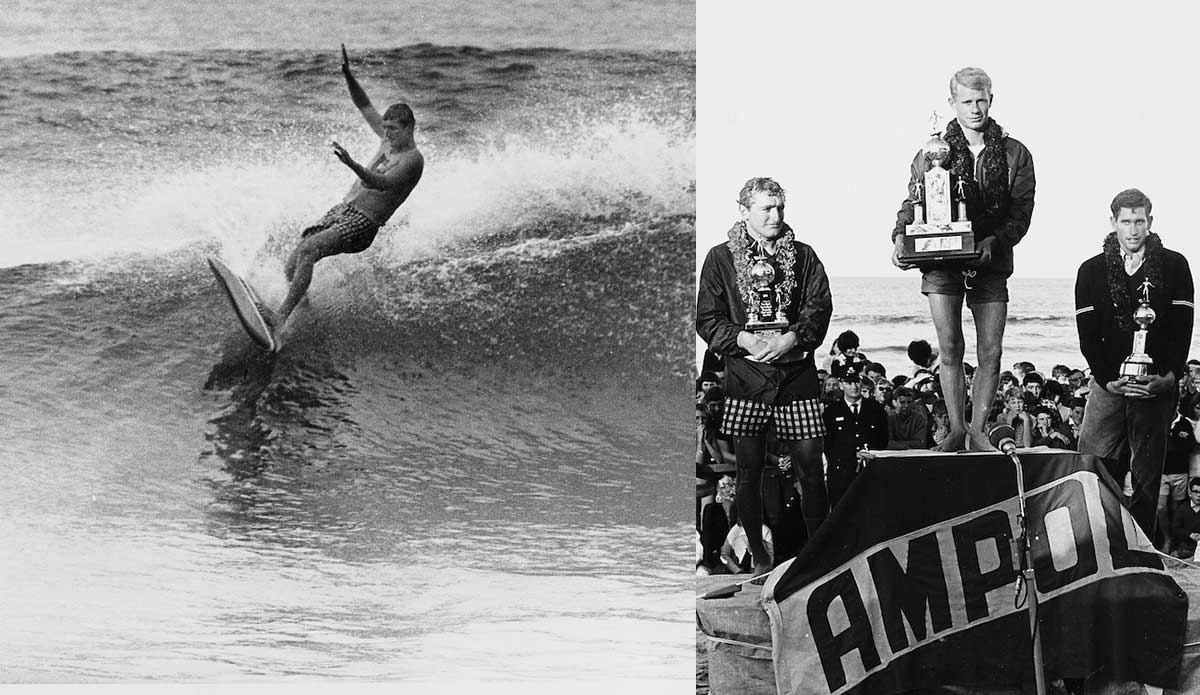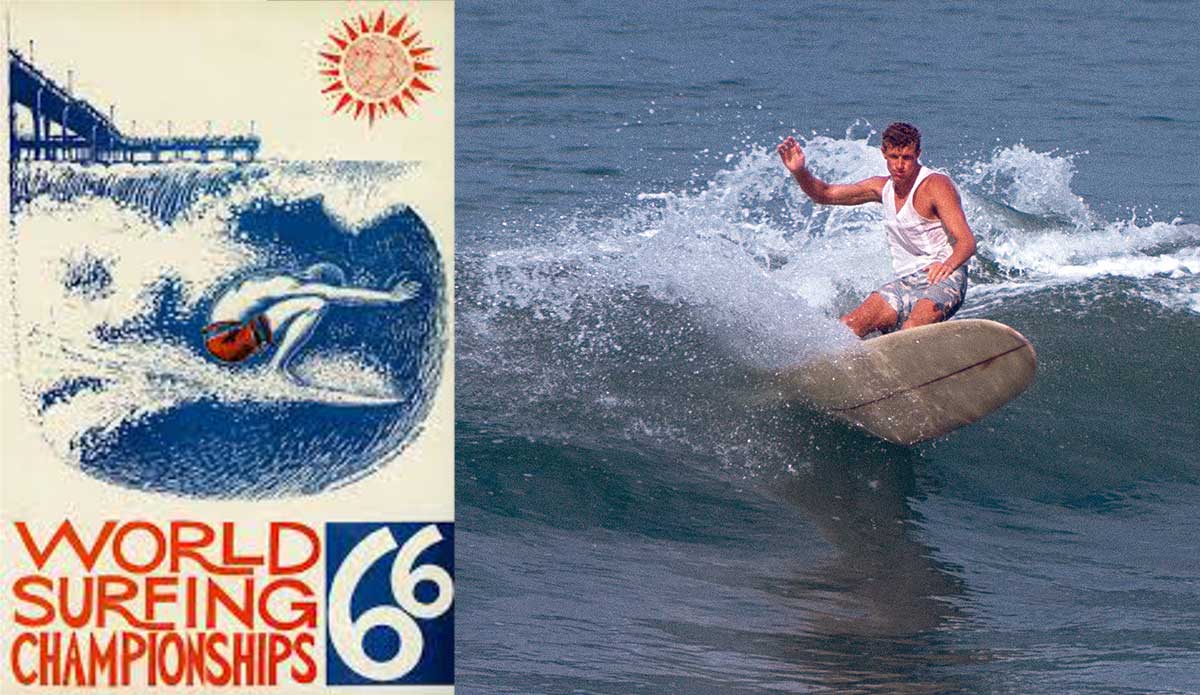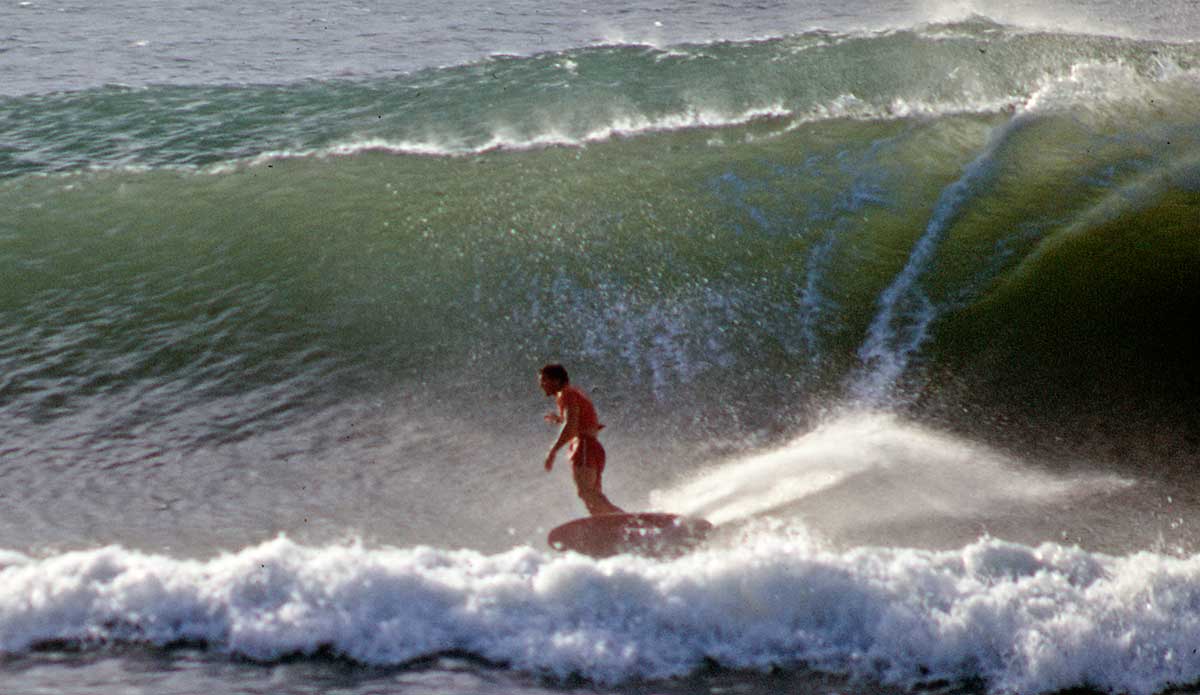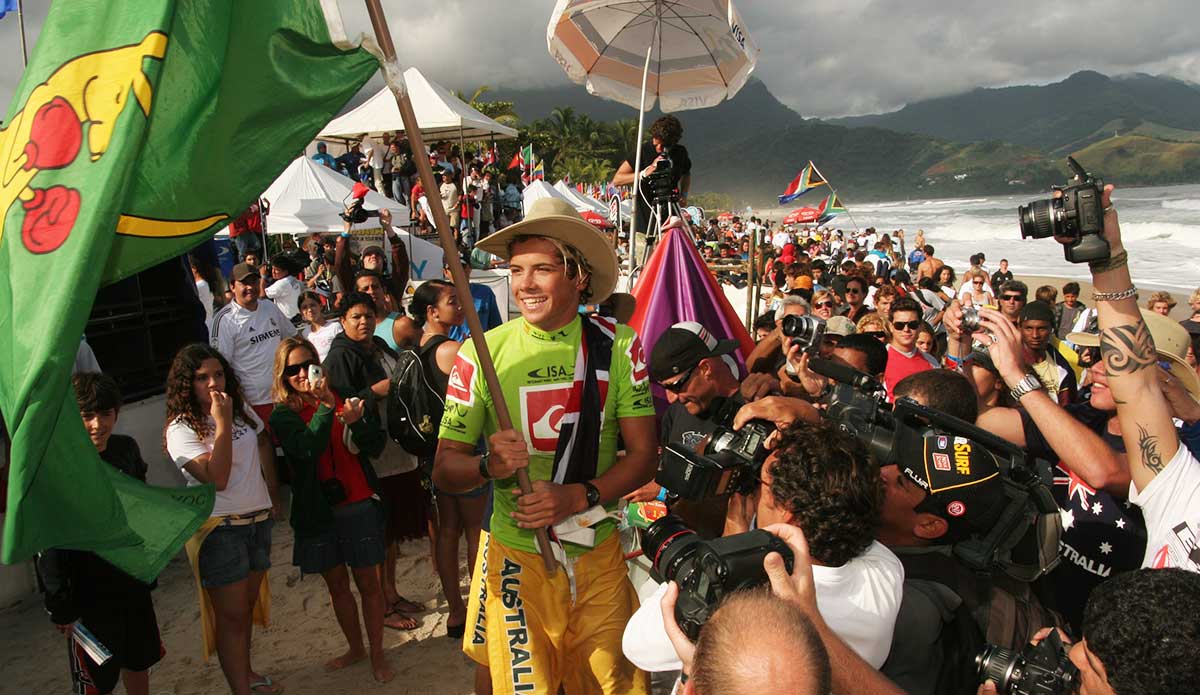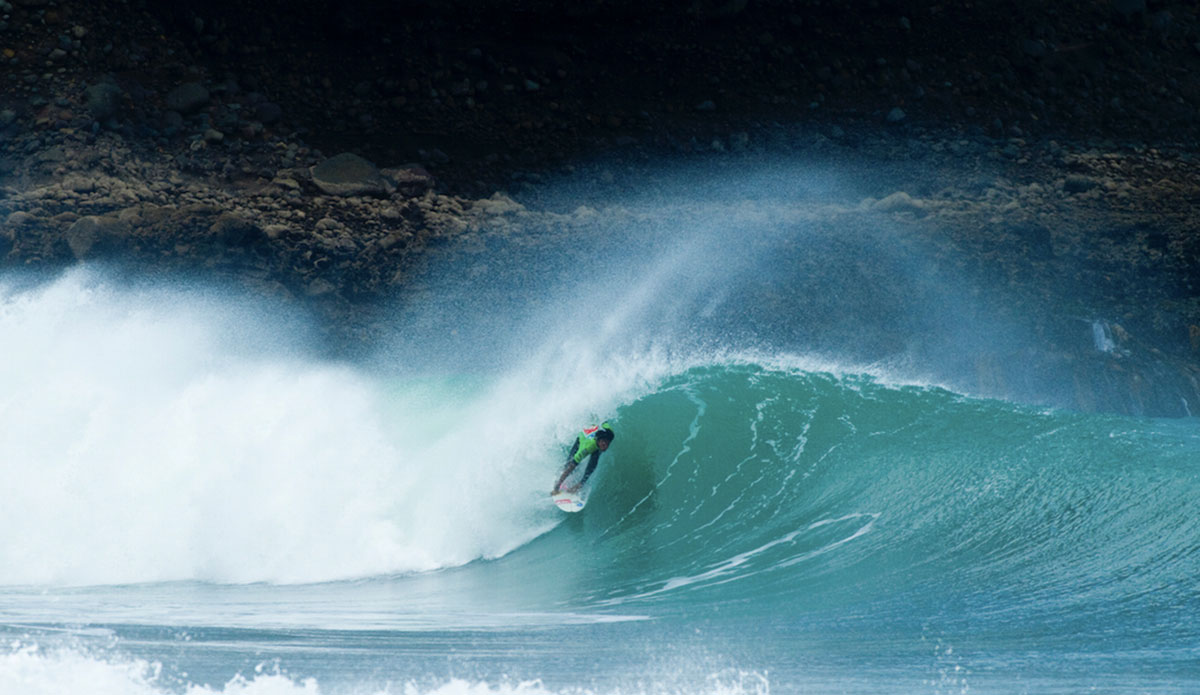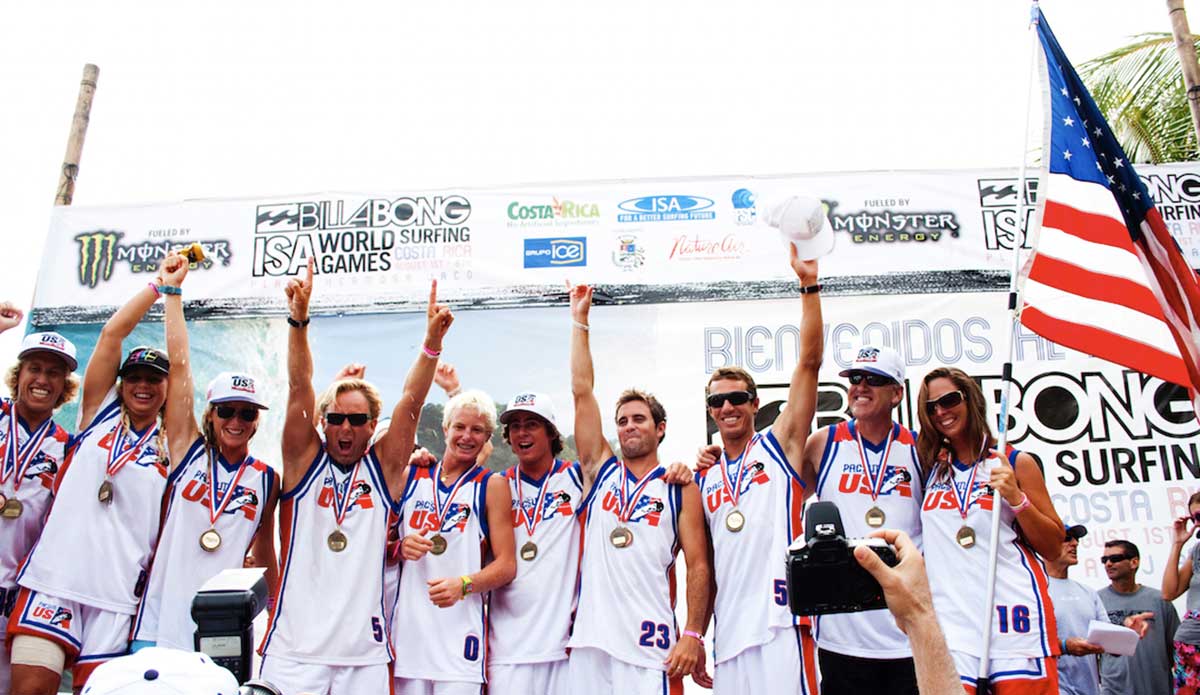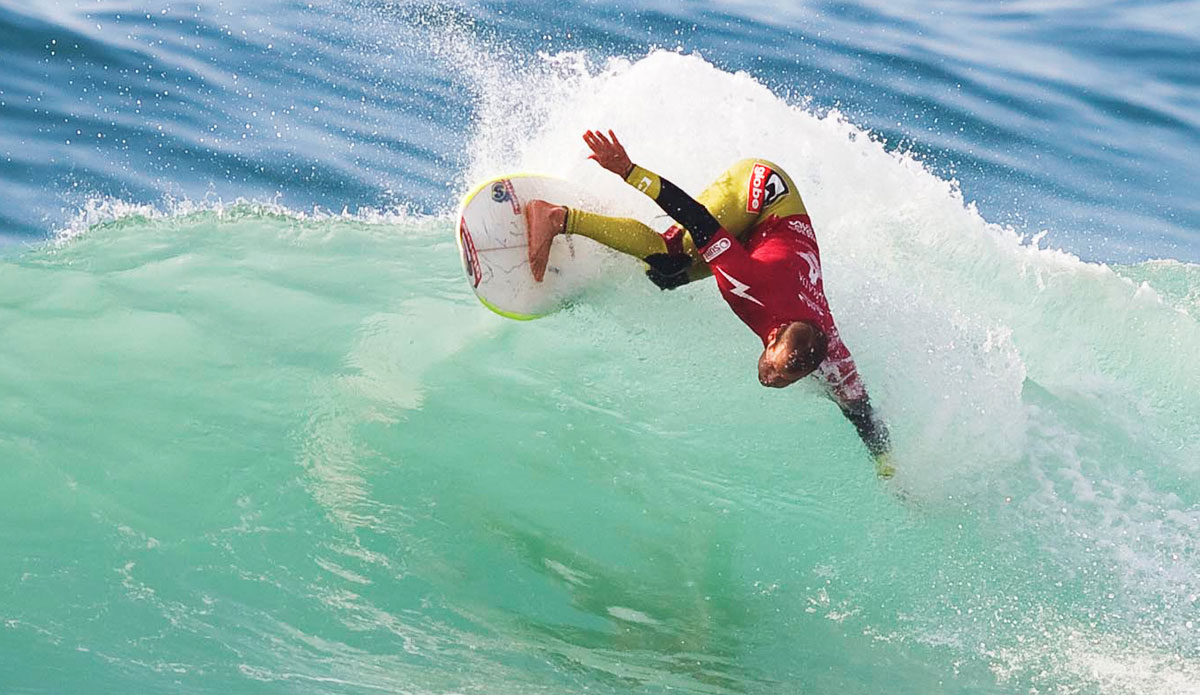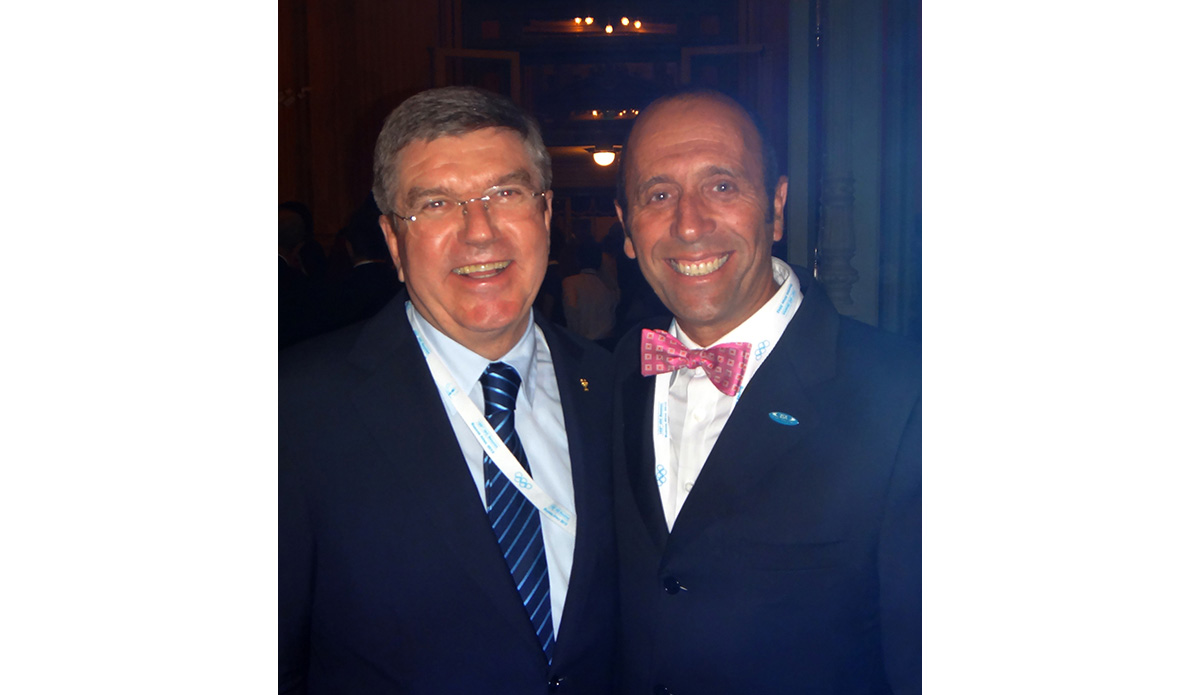On May 17, 1964, Bernard “Midget” Farrelly and Phyllis O’Donell became the first World Surfing Champions. At the hotly contested event at Manly Beach, Australia, local hero Farrelly topped the podium while American Mike Doyle and Hawaiian Joey Cabell rounded out second and third, respectively. On the women’s side, O’Donell upset contest favorite Linda Benson in the finals.
The ’64 World Surfing Championship also saw the founding of the International Surfing Federation (which morphed into the International Surfing Association in 1976) by Peruvian Eduardo Arena and a handful of other big-name, highly influential surfers. The organization’s primary purpose would be to provide a platform to host future World Championships.
In ’65, the World Surfing Championship moved to Peru, where Felipe Pomar etched his name in surf history. Then in ’66, Nat Young won the title at Ocean Beach in San Diego. Rounding out the decade, Fred Hemmings and Margo Oberg won the World Surfing Championship in Puerto Rico in 1968.
Surfing competitions went quiet in the mid ’70s, but by 1980, the world was ready for a change, and Tom Curren was the guy to usher it in. In ’80, he won the first-ever World Junior Surfing Championship, held at Biarritz, France. In ’82, Curren put on a clinic at the World Surfing Championship at Duranbah, Australia, winning not only his first men’s world title but setting the tone for a vibrant America/Australia rivalry for years to come.
In ’84, the ISA World Surfing Championship returned to California, landing in Huntington Beach. Led by coaches, and former “Bronzed Aussies” teammates, Peter “PT” Townend and Ian Cairns, the underdog Americans won Team Gold, upsetting the favored Australians. Many of the surfers on the U.S. squad would go on to be key players in the burgeoning business of surf.
In the ensuing years, the ISA would continue to grow as countries like South Africa, Tahiti and Brazil emerged as key players. Then in 1994, Argentine entrepreneur Fernando Aguerre was elected ISA President. He has been re-elected seven times since then. Today, there are 84 member countries, up from 32 when Aguerre first assumed the mantle of ISA President. He launched a scholarship fund in 2007 for under-18 surfers in need and has distributed 192 scholarships totaling $178,500 to date. The list of events has grown to include the original World Surfing Championship, now World Surfing Games, Juniors, Masters, and Longboard Championships, an SUP Surfing, SUP Racing, and Paddleboad Championship along with Tandem, Kneeboarding, and Bodyboarding Championships.
The legacy of that first contest 50 years ago runs deep, but maybe most lasting is the prospect of someday seeing surfing included as an Olympic sport. Aguerre and the ISA have made remarkable inroads, garnering the official recognition of the International Olympic Committee, potentially setting up the sport for a bright future.
Editor’s Note: This piece was made possible with the help of the International Surfing Association. Congratulations on 50 years!



